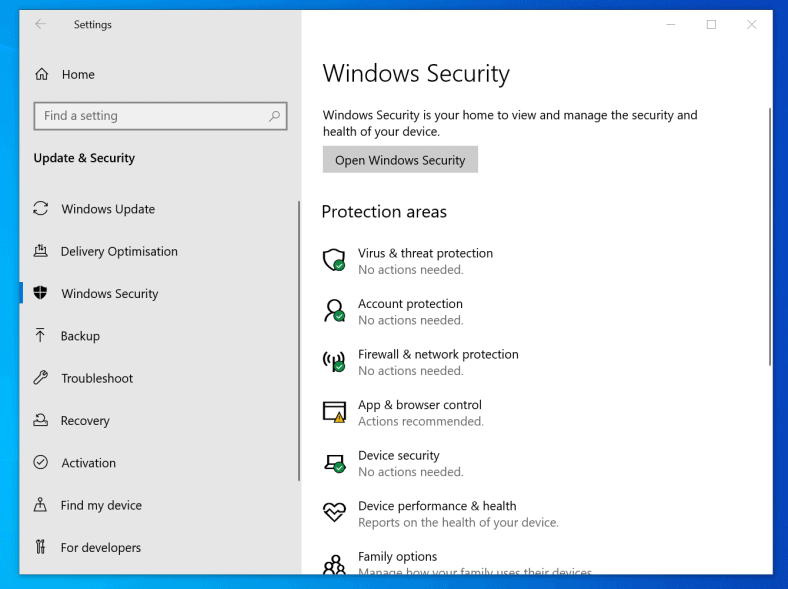
The experience of using a docking station is also greatly improved, with Windows 11 remembering the position of windows on each display and restoring those windows to their previous location when reconnecting. The experience of snapping windows into side-by-side arrangements is easier than in Windows 10 Two major improvements in the user experience are less obvious but extremely welcome, especially for those who use Windows on a large display or with multiple monitors with a docking station.

You'll still find inconsistencies in the Windows 11 user experience, especially when using dark themes with legacy apps. But this is a serious effort to relegate those outdated pieces to a corner of Windows where most people will never see them. There are still bits and pieces of Control Panel and other ancient pieces of Windows that pop up occasionally, especially for components that use the Microsoft Management Console. With the Windows 11 upgrade, that effort has gone into overdrive. Over the past six years, Microsoft has been slowly but steadily moving settings from the legacy Control Panel into the new Settings app. That eliminates the need to continually return to the Settings Home page to select a new category, as is the case in Windows 10. In the Windows 11 layout, the list of categories is pinned to the left, with options in the selected category sliding open and closed in panes on the right as you work with them.

Compare the Windows 10 Settings layout (left) versus the Windows 11 version (right) Click to enlarge


 0 kommentar(er)
0 kommentar(er)
